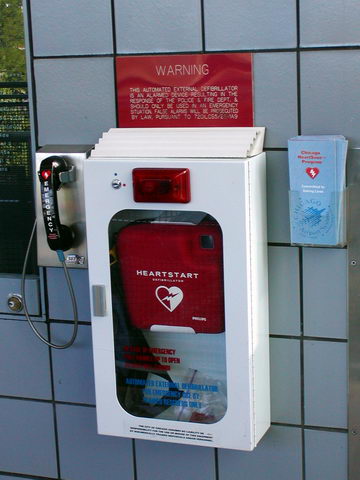
Saint Mary Heart
Originally uploaded by brocktice
Took this one myself!

Saint Mary Heart
Originally uploaded by brocktice
Took this one myself!
In October of ’07, I posted about my move to Google Notebook as my primary lab notebook. It has not only continued to serve me well since then, but now serves me even better with the addition of a few features:
It keeps getting better. Hopefully, they will add those automatic time stamps at some point.
My friend Rob has another excellent mathematical post up. It has, in fact, been up since December 14th, but I’m only now catching up with my starred RSS items from last month.
This post is on the nature of infinity and other large numbers, and how we mentally relate to and handle them. Here’s a taste:
[I]f you look at infinity from a size standpoint, infinity is dizzyingly terrifying. Most people don’t have a proper concept of what “large” means, but mathematicians know better:
- The universe is 13.7 billion years old, or 4.3*10^-17 seconds. Current quantum theory has trouble measuring time below Planck’s time constant, or 1.855×^-43 s. If we treat the idea of time as a discrete number of Planck’s constants, then the age of the universe is 8*10^60 of these constants. Infinity is bigger than this.
- The number of atoms in the universe is estimated to be around 10^80.
- The biggest number ever seriously used in mathematics is Graham’s number. The number is an upper bound for some mathematical property. The number is so huge that it cannot be written with scientific notation (the exponent would have more digits than atoms in the universe). Still, infinity is bigger than this number.
- The Ackermann function is a strange non primitive recursive function:
This function generates huge finite numbers. For example, A(5,2) is so large that it cannot be describing it with common math notation would take more letters than there are atoms in the universe (this includes 9^9^9^9^9^9… etc.). Still, infinity is bigger than this number.
Read the whole thing here.


Amazing. AEDs continue to come down in price, and are really racking up an extensive list of saved lives.
I’ve gotten a lot of strange looks over the last two or three years because of how I carry my cards and cash. I abandoned wallets of any kind because they either (a) more than double the volume of what I’m carrying or (b) they have too much stuff in them. That is, if there’s enough in them that they don’t double the volume, it’s too much and sits funny in my pocket.
Luckily, I found the solution with cheap and plentiful office supplies. (Please note, I will show you that the Money Band and its cousins are both unnecessary and way overpriced. They are akin to pet rocks.) All you need are a thick rubber band of a certain length, and a paperclip. Any size paperclip will do, but the larger ones work better.
Observe:

Money Bands: $0.60 each
Rubber Bands: $0.016 each
Jumbo Paper Clips: $0.006
Or, look at it this way:
Money Band: 1-year supply for $3.00
Paper Clips / Rubber Bands: Lifetime supply for you and all of your friends for $10.30
I think the choice is clear. The way of wrapping the rubber band that I use is also superior. It’s also nice not to have to take out everything at once — just the money or the cards. The two don’t really fit together properly, even with a Money Band.